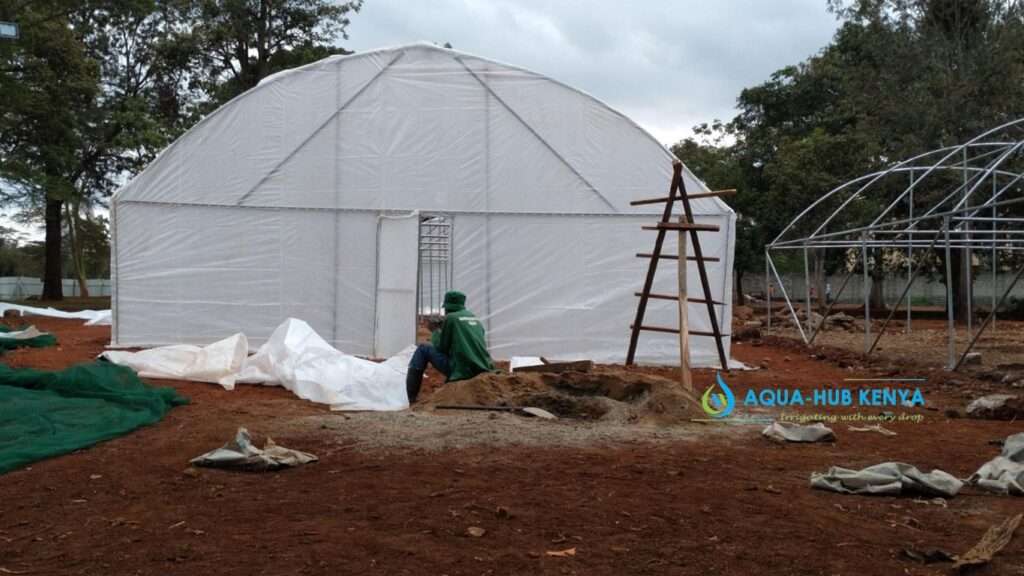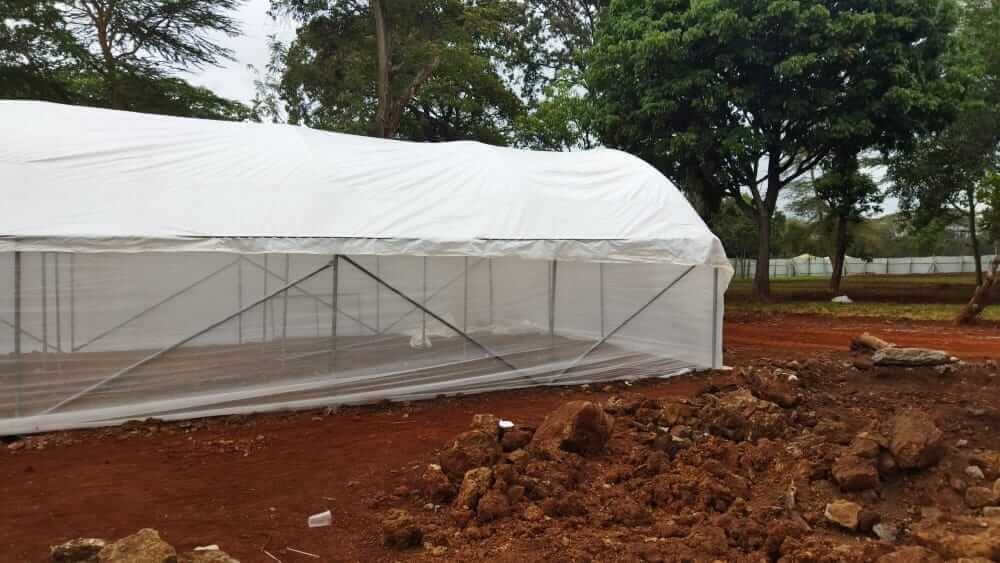Greenhouse Paper in Kenya
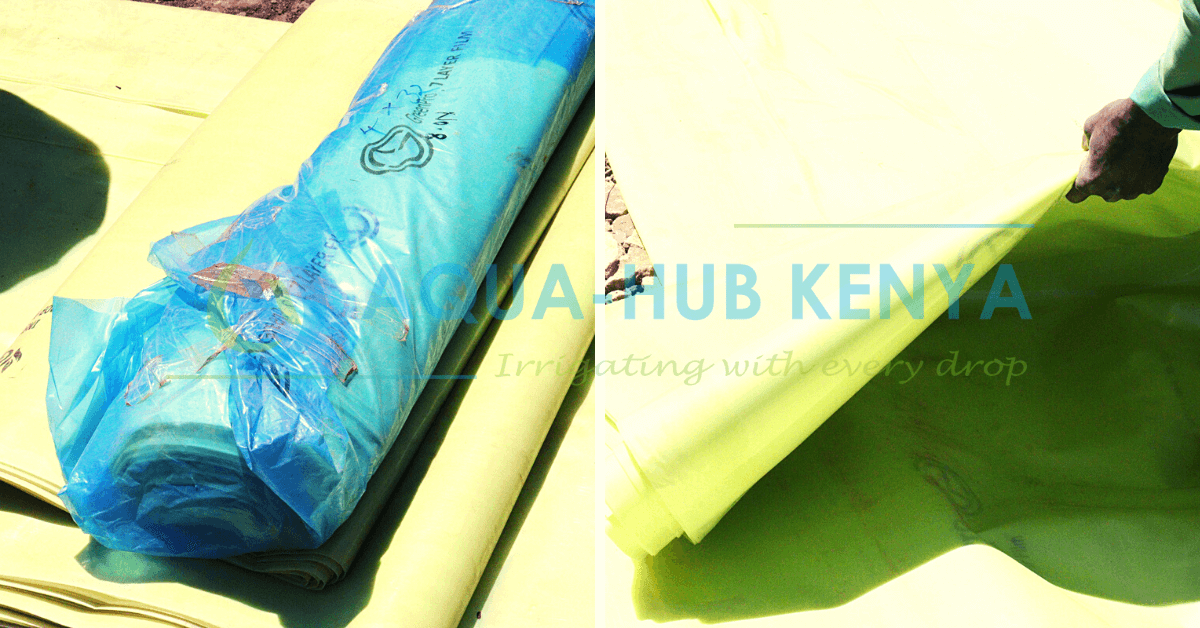
Aqua Hub is the ideal destination to get greenhouse paper in Kenya. Different greenhouse polythene films have different pricing in Kenya. With three distinct micron counts and UV treatments, our greenhouse polythene sheet variants come in diverse kinds. Low and high altitude areas may both utilize greenhouse polythene. A ventilation net is useful in hot climates to promote air circulation and cooling. With crop production in mind, our polythene sheeting for greenhouses is professionally crafted. This addresses the choice of color, the weight of the paper, UV protection, and leak resistance. The structure of the greenhouse, whether wooden or metallic, has no effect on the type of polythene paper used. Similarly, the architecture of the greenhouse—vented or tunnel—has no bearing on the paper color chosen. The sort of polythene cover you use for your greenhouse is determined by the crop you produce.
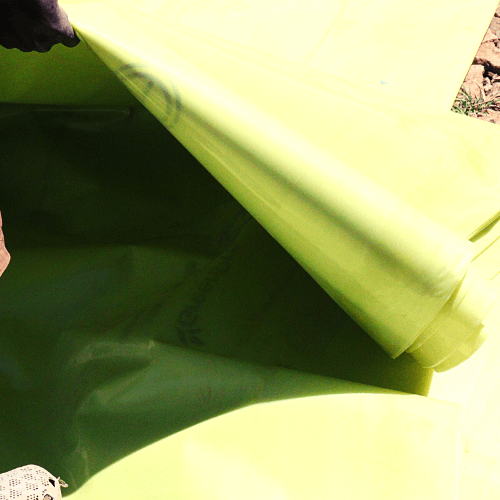
What is greenhouse paper in Kenya?
Greenhouse paper in Kenya refers to the use of paper in the construction of greenhouses for the purpose of growing crops. Greenhouses in Kenya are useful to extend the growing season and provide a controlled environment for crops to thrive. Greenhouse paper is typically from a strong, transparent material, such as polyethylene, which allows light to penetrate and provides insulation to regulate temperature. The use of greenhouse paper in Kenya has increased in recent years as a way to increase crop yields and improve food security in the country.
The main goals of a greenhouse paper are to transmit as much controlled light as is practical while maintaining the interior environment’s separation from the exterior environment. The cover enhances light transmission and plant development. Enough light stabilizers are applied to the cover to boost its tensile strength. Our polythene for greenhouses is UV-protected, very robust, and long-lasting. It is easy to put them up. The greenhouse’s polythene covering provides the plants with physical defense against winds, rain, insects, and other natural disasters.
What are the types of greenhouse paper in Kenya?
- Clear polythene: This form of polythene is transparent, enabling as much sunshine as possible to enter the greenhouse. Clear polythene is appropriate for hot areas and plants that demand a lot of light.
- White or opaque polythene: Because it is not transparent, this form of polythene diffuses sunlight, limiting the intensity of light that reaches the plants. It’s ideal for chilly areas where less light is required, or for plants that are light sensitive.
What is the cost of greenhouse paper in Kenya?
The cost of greenhouse paper in Kenya can vary depending on a number of factors, such as the type of material, the size of the greenhouse, and the quantity purchased. We sell different sizes; 4 meters by 100 meters, 6 meters by 100 meters, 8 meters by 100 meters, 9.5 meters by 100 meters, 10.5 meters by 100 meters, 11.2 meters by 100 meters, and 12 meters by 100 meters. Every size have its own price. However, the price per square meter is Ksh 96.
| Size of the paper | Price in Ksh |
| 4 meters by 100 meters | 38,400 |
| 6 meters by 100 meters | 57,600 |
| 8 meters by 100 meters | 76,800 |
| 9.5 meters by 100 meters | 91,200 |
| 10.5 meters by 100 meters | 100,800 |
| 11.2 meters by 100 meters | 107,520 |
| 12 meters by 100 meters | 115,200 |
What are the features of greenhouse paper?
The features of greenhouse paper (also known as greenhouse film) include:
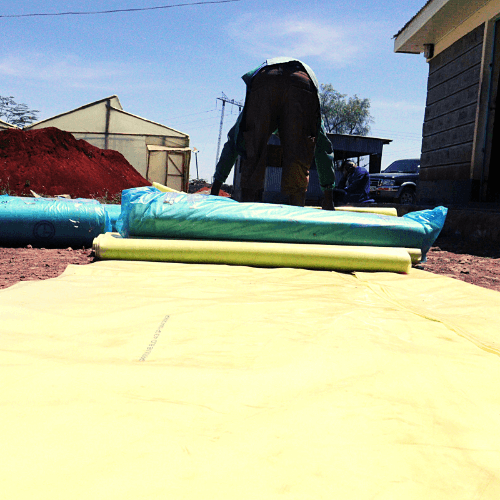
- Transparency: The material should allow adequate light transmission to reach the crops.
- Durability: Greenhouse paper should be strong enough to withstand harsh weather conditions and resist tearing and puncturing.
- UV resistance: The material should be able to protect crops from harmful UV rays that can cause damage and reduce yields.
- Insulation: The material should provide insulation to regulate temperature and create a suitable growing environment for crops.
- Flexibility: The material should be flexible enough for easy installation and removable.
- Cost-effectiveness: Greenhouse paper should be cost-effective and provide good value for money.
- Ease of maintenance: The material should be easy to clean and maintain to ensure its longevity and effectiveness.
- Sustainability: The material should be environmentally friendly and made from renewable resources where possible.
- Light diffusion: The material should diffuse light evenly to ensure that all crops receive adequate light for optimal growth.
What is the benefit of greenhouse paper?
- Increased crop yields: By creating a controlled growing environment, greenhouse paper helps to increase crop yields and improve food security.
- Extended growing season: Greenhouse paper allows crops to be grown year-round, regardless of outdoor weather conditions.
- Protection from pests and diseases: By controlling the environment, greenhouse paper helps to reduce the risk of pest and disease outbreaks, leading to healthier crops.
- Improved crop quality: By regulating temperature and light levels, greenhouse paper helps to improve crop quality and increase market value.
- Water conservation: Greenhouse paper helps to reduce water usage by allowing crops to be grown with less irrigation.
- Cost-effectiveness: Greenhouse paper is a cost-effective way to increase agricultural productivity, compared to traditional greenhouse construction methods.
- Environmental sustainability: Greenhouse paper can be made from environmentally friendly materials and can help to reduce the carbon footprint of agriculture.
- Education and training opportunities: The use of greenhouse paper can provide opportunities for education and training in sustainable agriculture techniques.
- Increased income: By increasing crop yields and improving crop quality, greenhouse paper can help to increase the income of small-scale farmers.
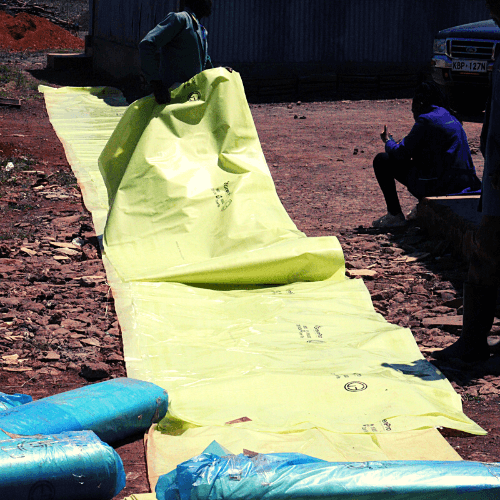
What is the lifespan of greenhouse paper?
The lifespan of greenhouse paper varies depending on several factors, including:
- Type of material: Different materials have different lifespans, with some, such as EVA film, having a longer lifespan than others, such as PE film.
- Quality of material: The quality of the greenhouse paper can also affect its lifespan, with high-quality materials typically lasting longer than lower-quality alternatives.
- Climate conditions: The climate conditions in which the greenhouse paper is used can also affect its lifespan, with harsh weather conditions such as high winds, heavy rain, and high temperatures potentially reducing its lifespan.
- Maintenance: Regular cleaning and maintenance can help to extend the lifespan of greenhouse paper.
On average, the lifespan of greenhouse paper can range from 1 to 3 years, with higher-quality materials and proper maintenance potentially extending its lifespan to 5 years or more. It is important to periodically inspect the greenhouse paper and replace it when necessary to ensure its effectiveness and longevity.


